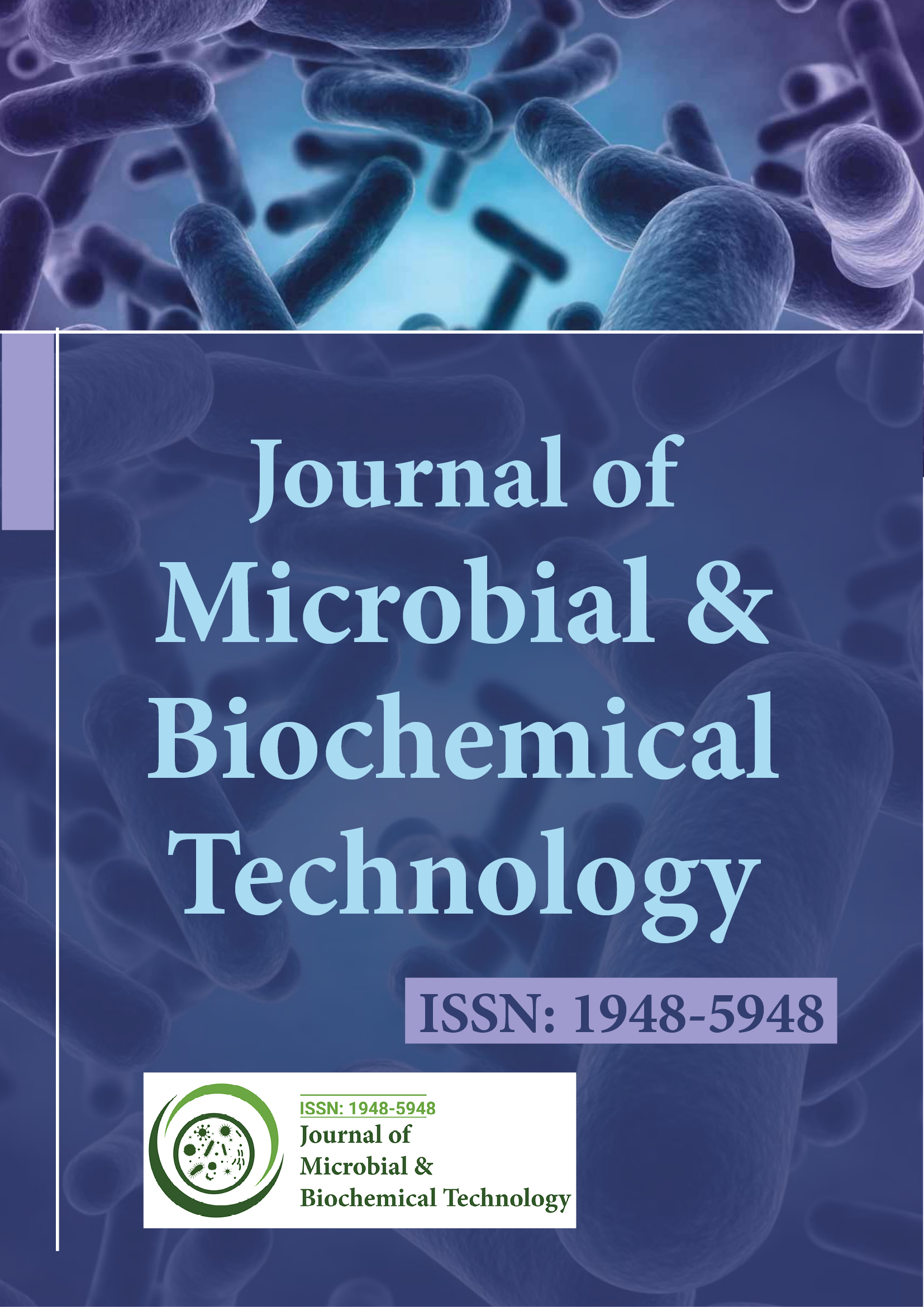インデックス付き
- 学術雑誌データベース
- Genamics JournalSeek
- アカデミックキー
- ジャーナル目次
- 中国国家知識基盤 (CNKI)
- シマゴ
- Global Online Research in Agriculture (AGORA) へのアクセス
- 電子ジャーナルライブラリ
- レフシーク
- 研究ジャーナル索引作成ディレクトリ (DRJI)
- ハムダード大学
- エブスコ アリゾナ州
- OCLC-WorldCat
- SWBオンラインカタログ
- 仮想生物学図書館 (vifabio)
- パブロン
- ミアル
- 大学補助金委員会
- ジュネーブ医学教育研究財団
- ユーロパブ
- Google スカラー
このページをシェアする
ジャーナルチラシ

概要
小売用カキ組織からの細菌DNA分離のためのさまざまな方法の比較
Qian Zhang、Min Dai、Yanhong Liu、Min Zhou、Xianming Shi、Dapeng Wang
カキは濾過摂食動物で、摂食中に水中の細菌を蓄積します。えらや消化腺を含む市販のカキの組織から抽出した細菌ゲノム DNA を評価するために、4 つの分離法を使用しました。ゲノム DNA 抽出は、Allmag™ Blood Genomic DNA (Allrun、中国上海)、MiniBEST Bacterial Genomic DNA Extraction kits (Takara、中国大連)、フェノールクロロホルム法および煮沸溶解法を使用して行いました。ゲノム DNA の濃度は分光光度計を使用して測定しました。ゲノム DNA の純度は、16S rDNA の PCR 増幅によって評価し、続いてアンプリコンの pMD19-T ベクターへのクローニング効率を測定しました。さらに、細菌 DNA の品質も、腸炎ビブリオの種特異的プライマーのペアを使用した PCR アッセイによって評価しました。結果から、2 つの市販キットは DNA の純度が最も高かったものの、収量は最も低かったことがわかりました。フェノール-クロロホルム法は、時間がかかりましたが、最も高い収量が得られました。煮沸溶解法はシンプルで費用対効果に優れていますが、濃縮工程後の小売サンプルに存在する細菌からゲノム DNA を分離する場合にのみ適しています。2 つの市販キットは、濃縮工程なしで小売カキ組織からゲノム DNA を抽出するのに適しています。
免責事項: この要約は人工知能ツールを使用して翻訳されており、まだレビューまたは確認されていません